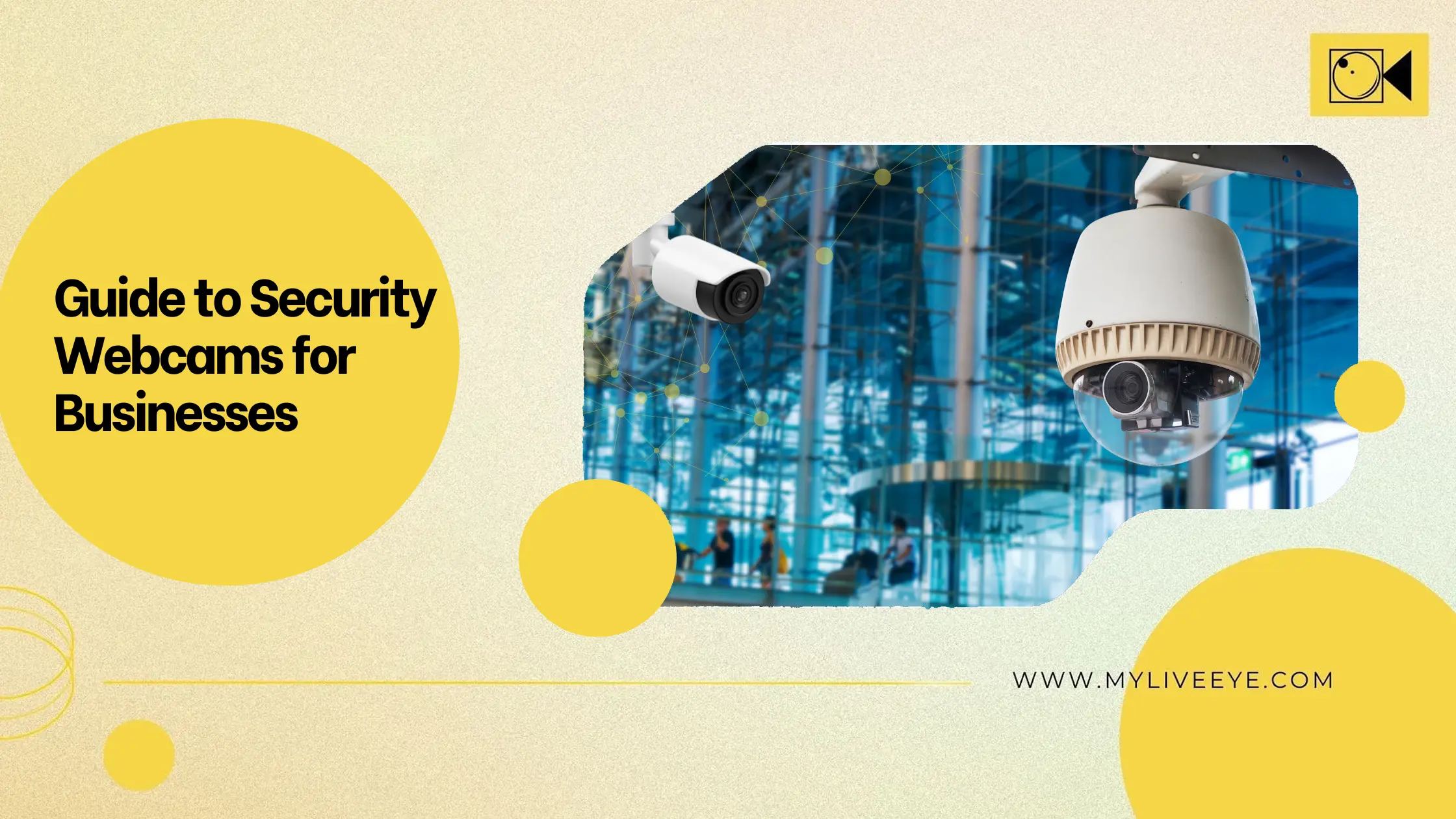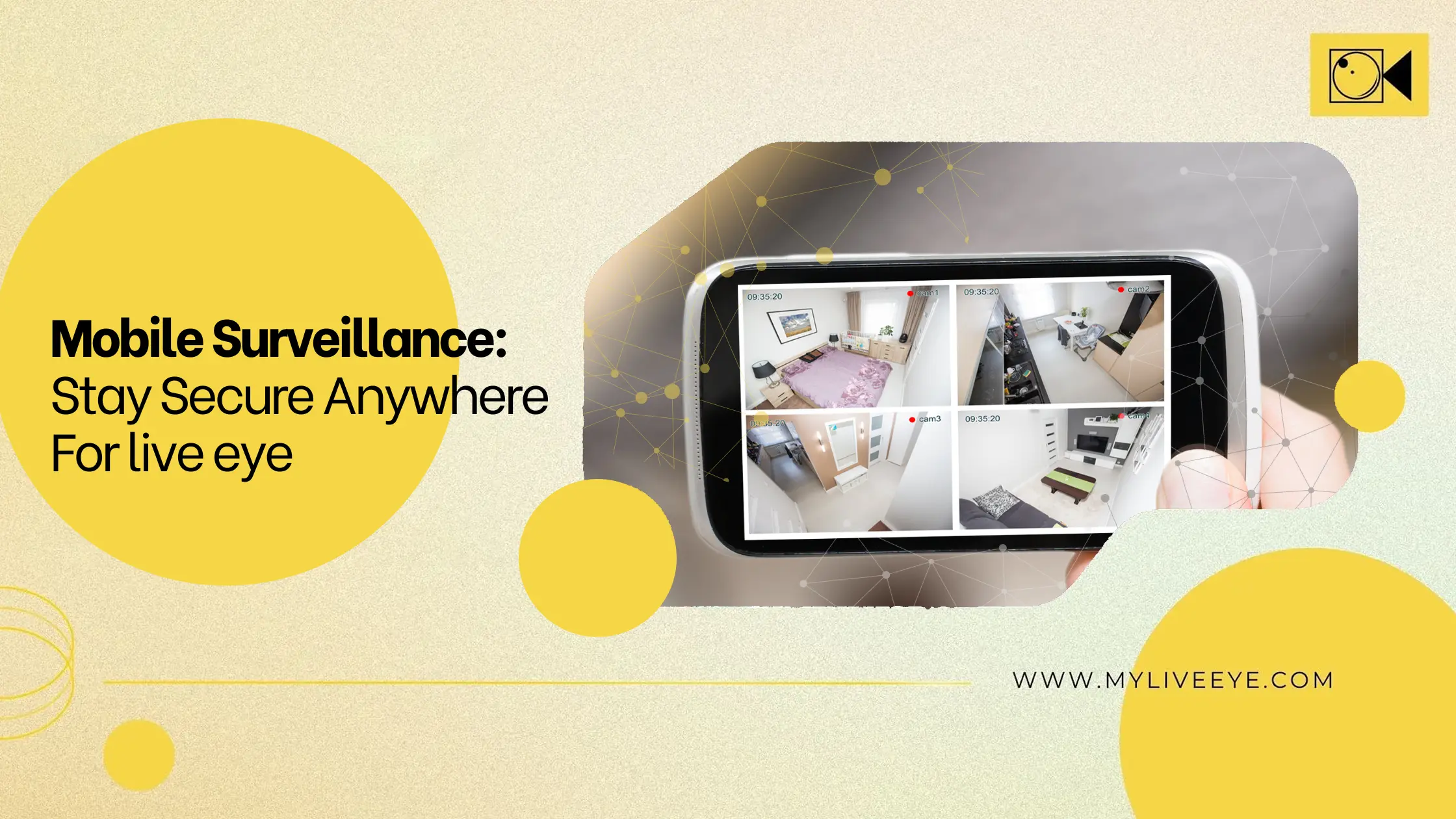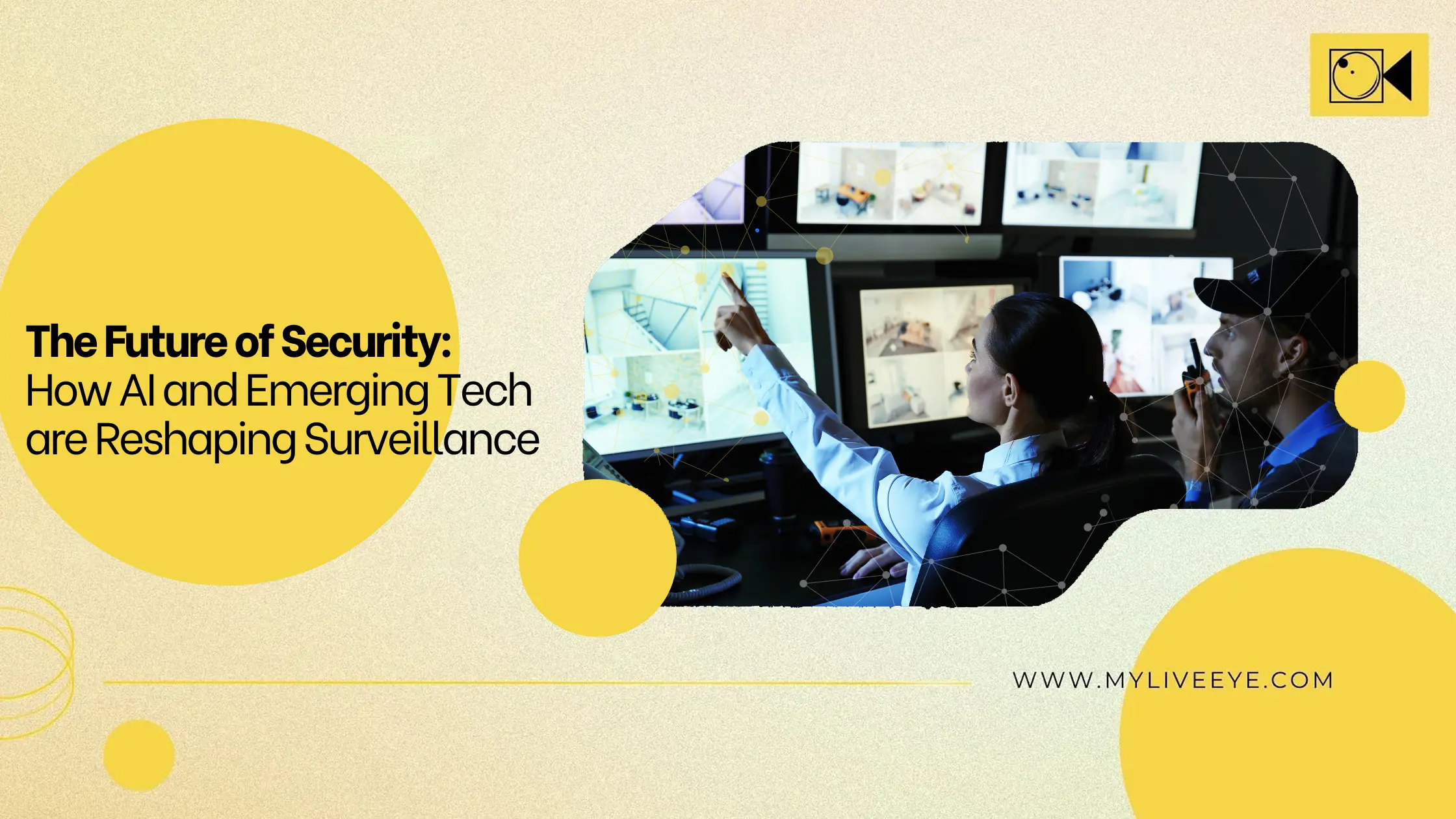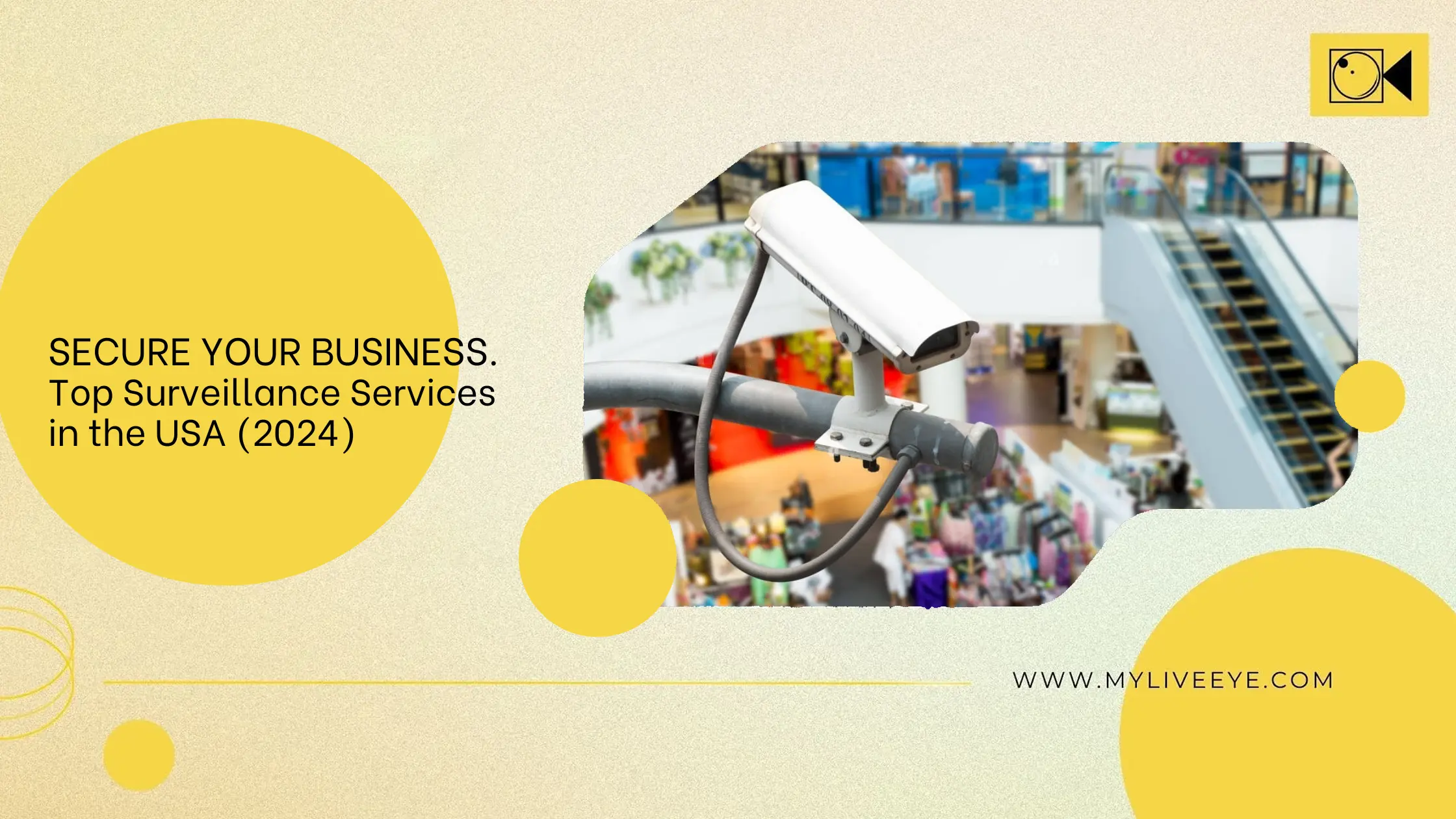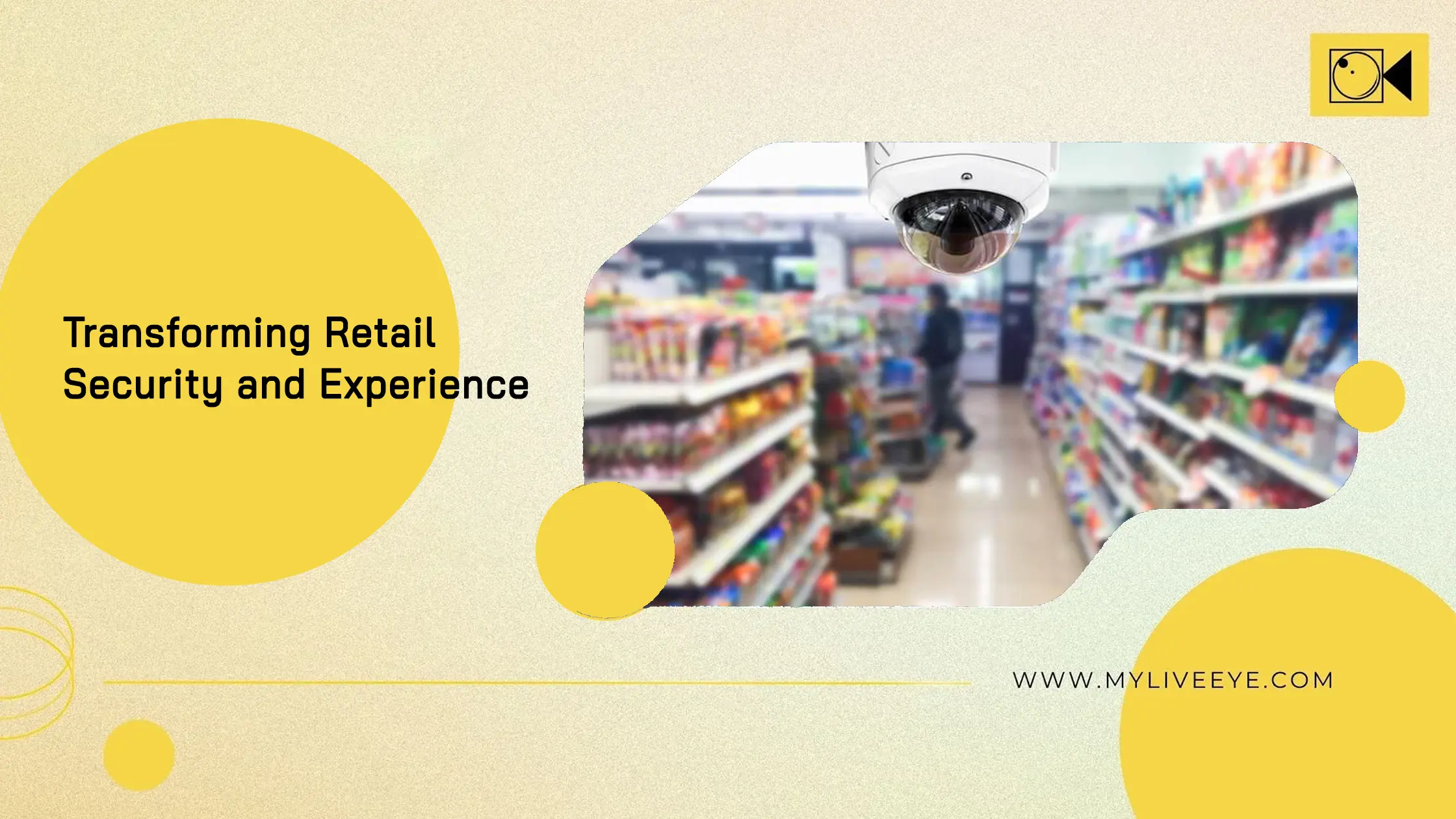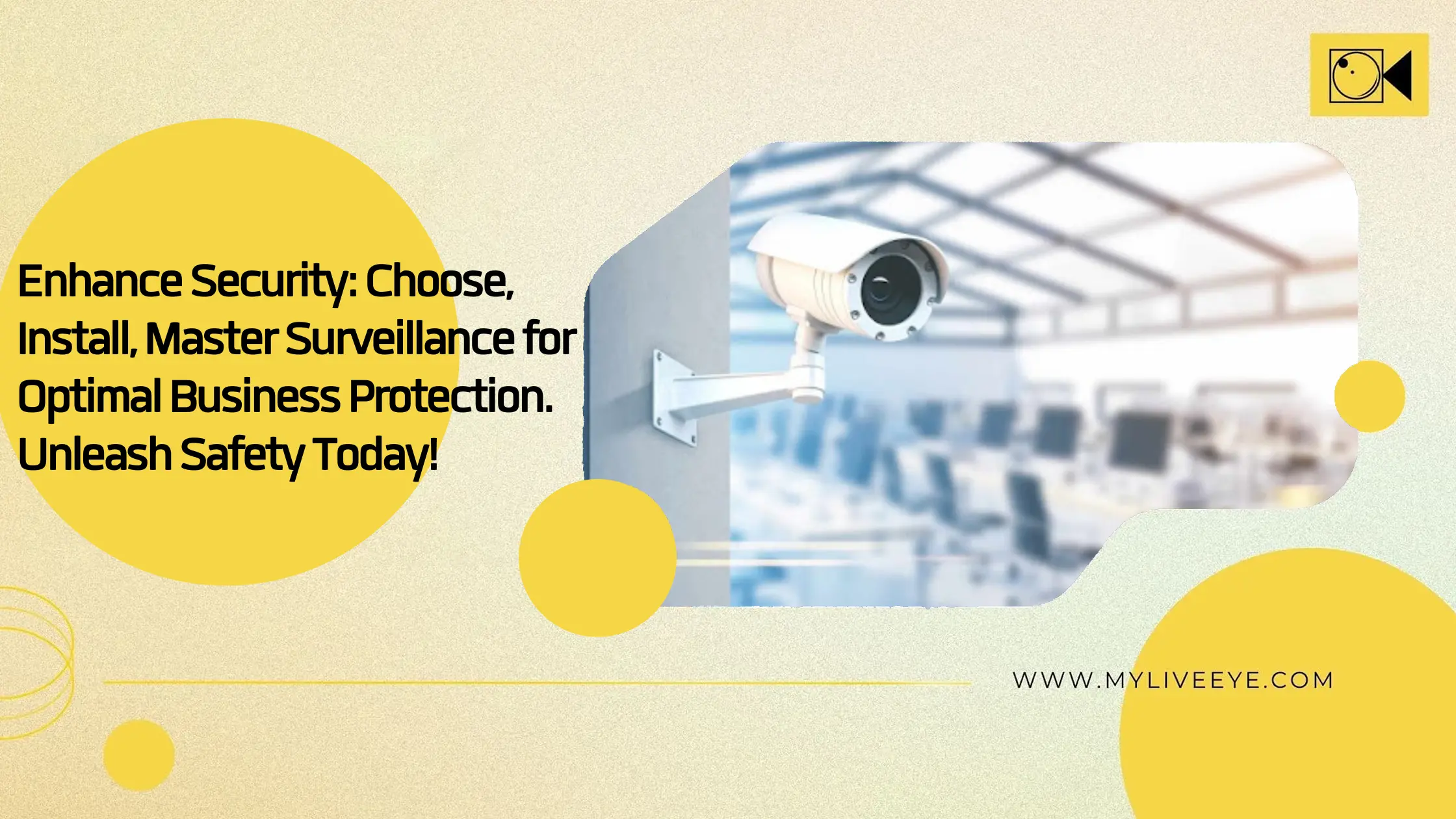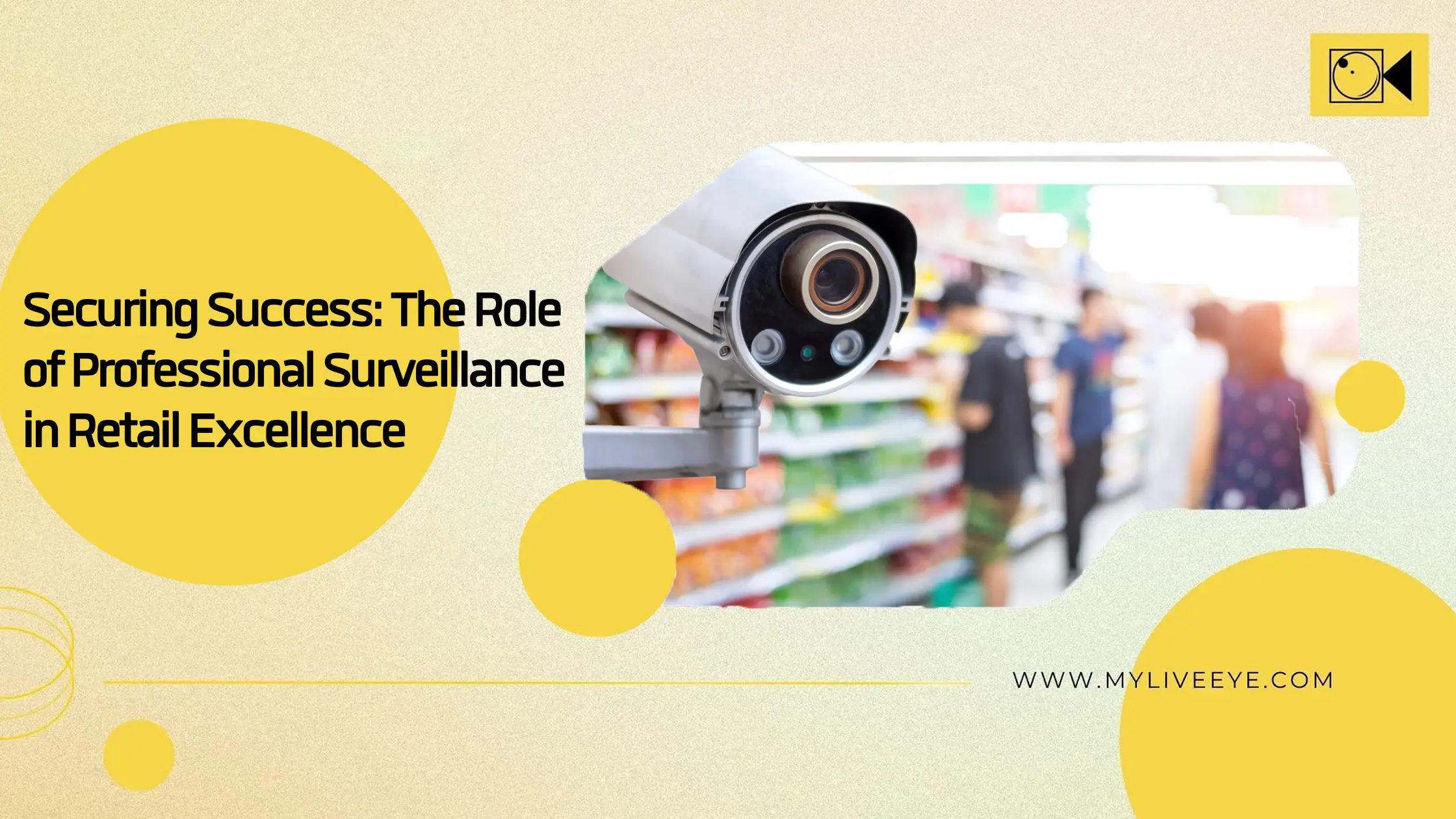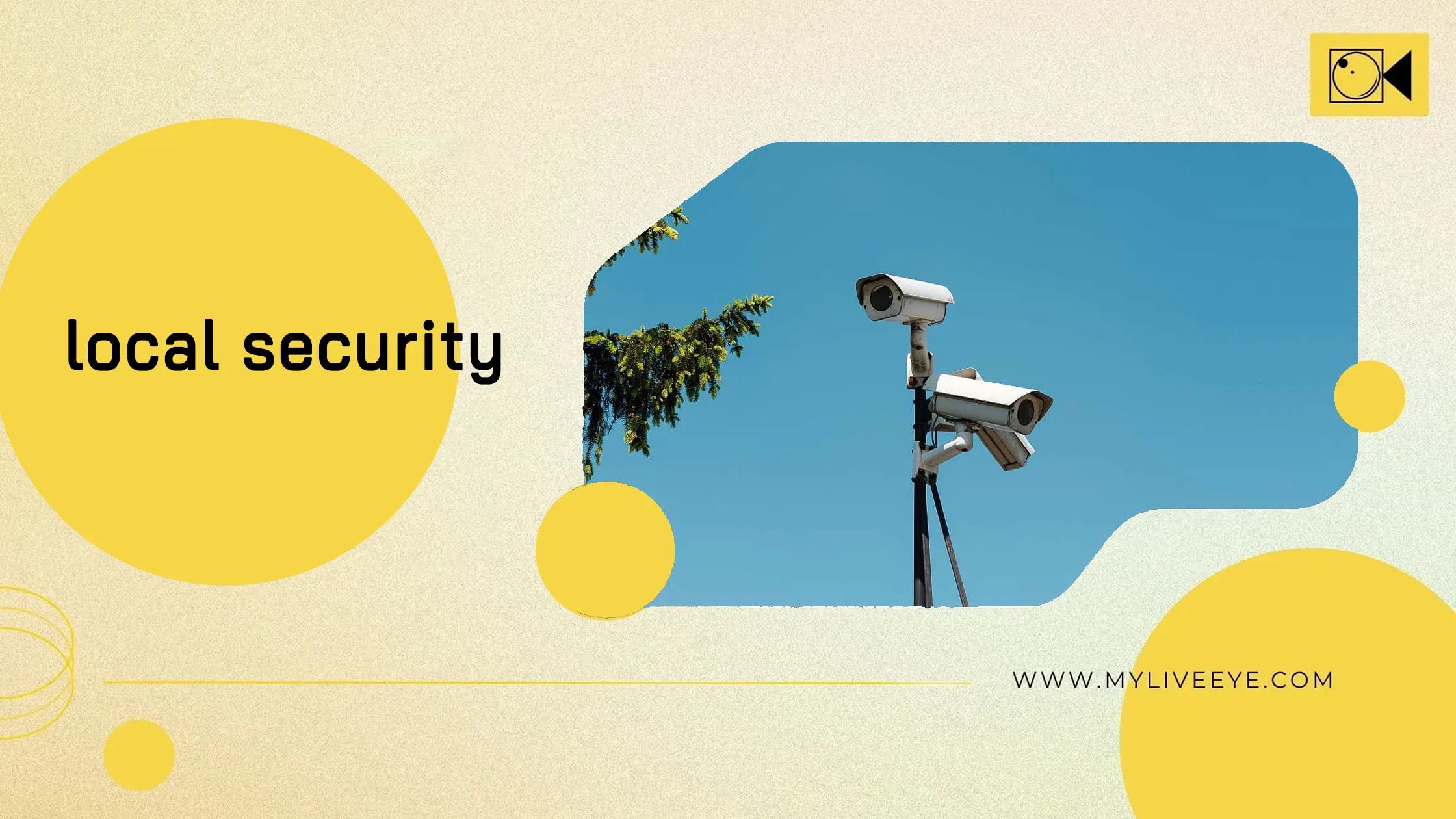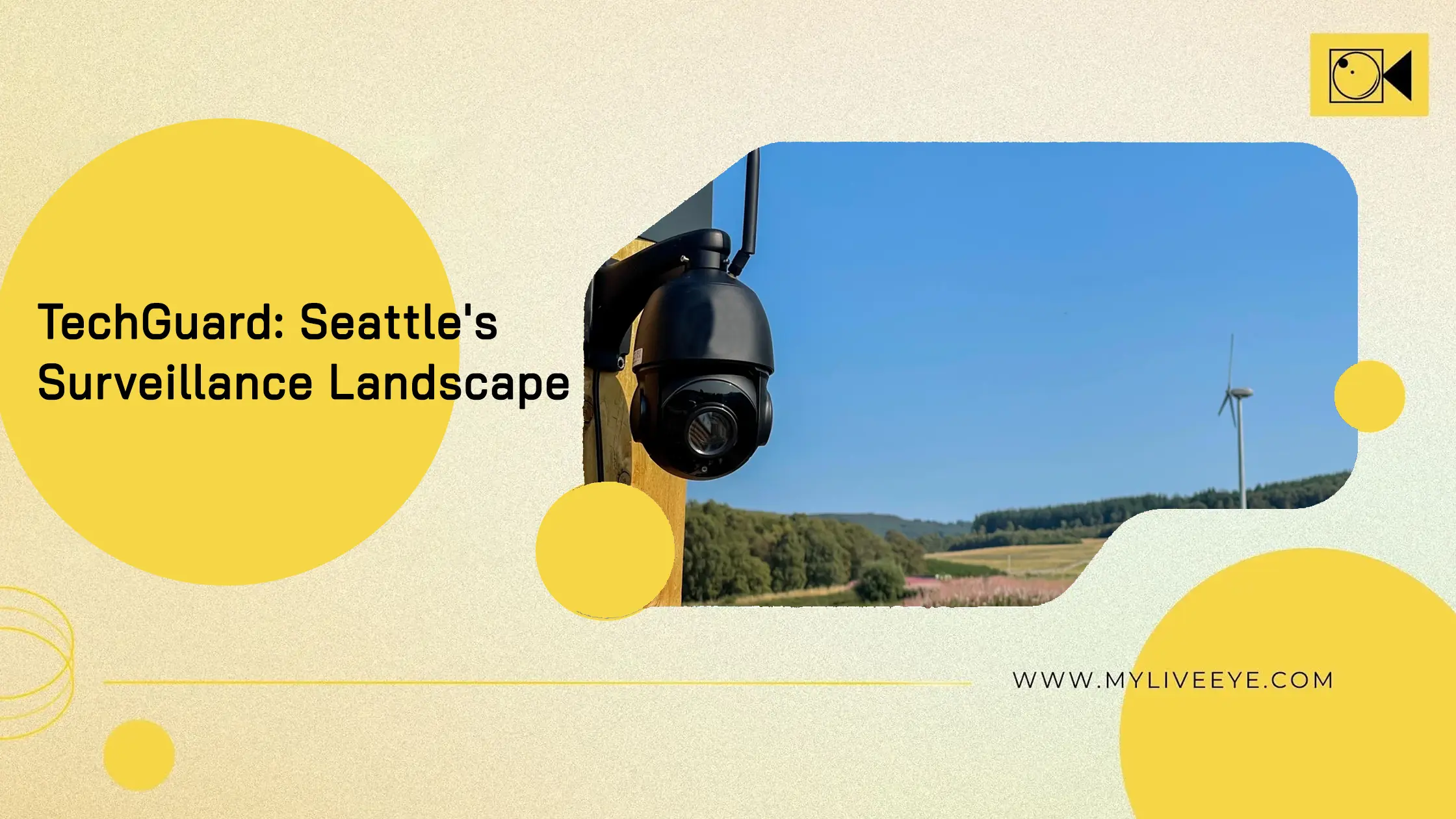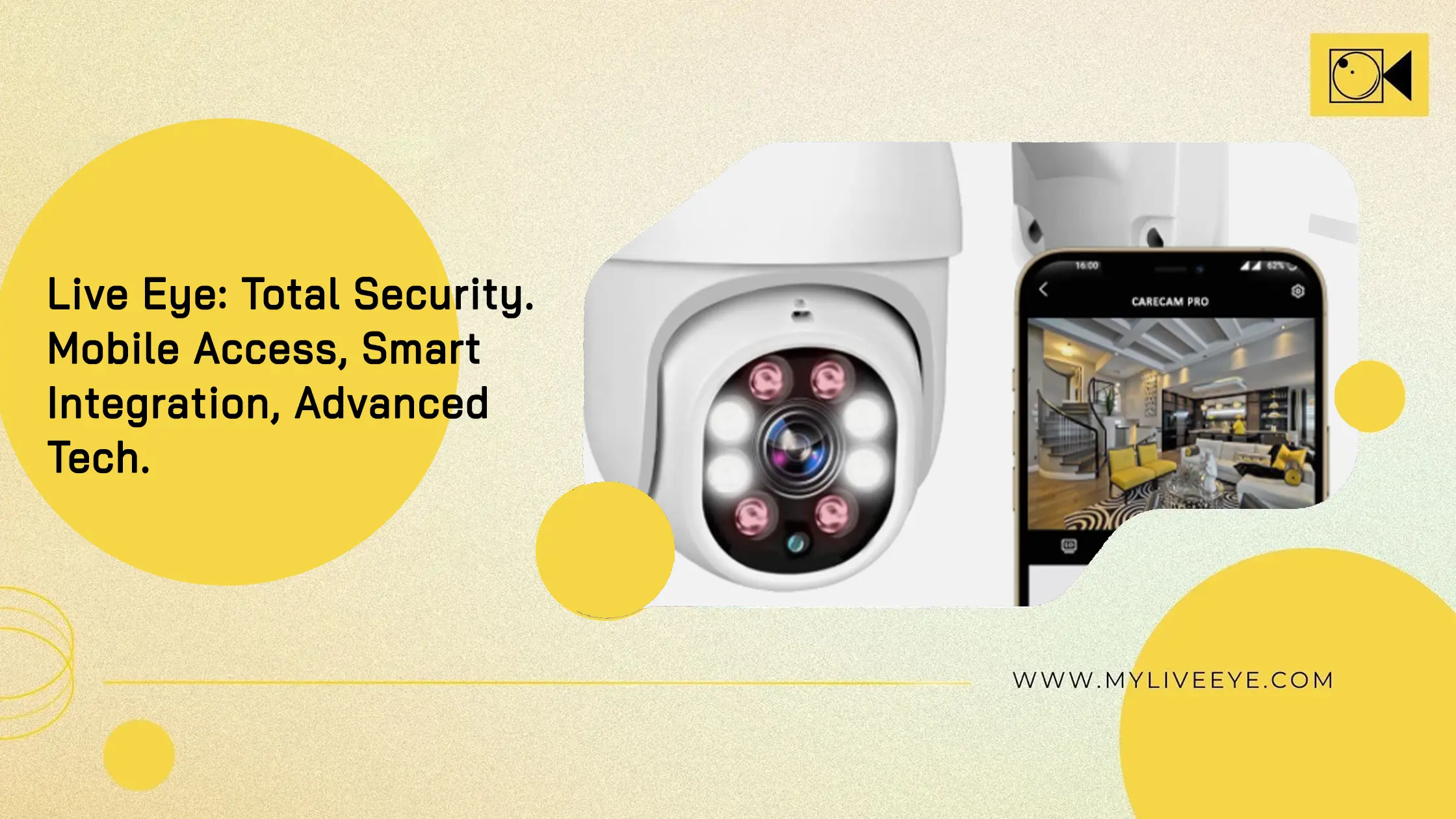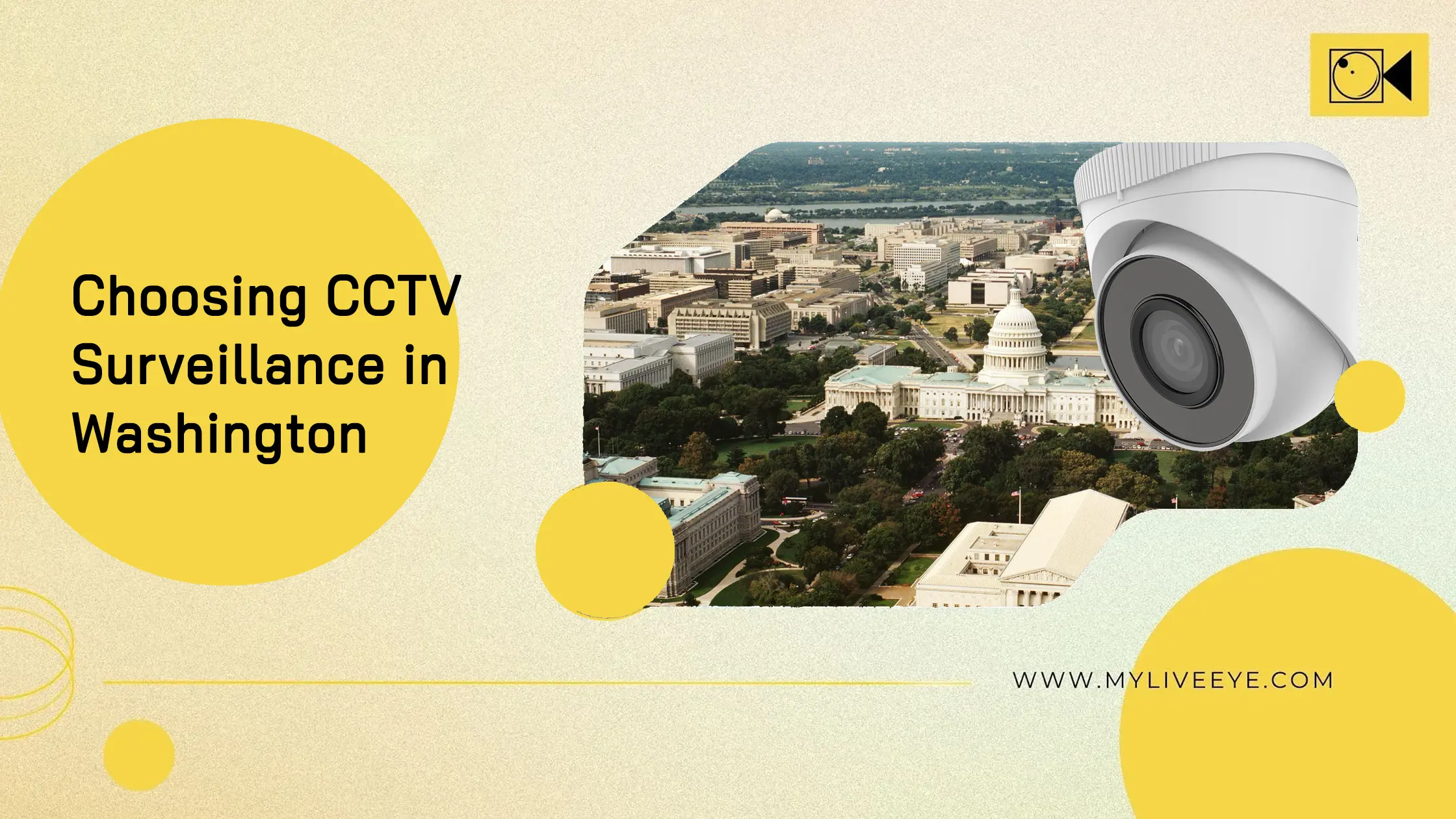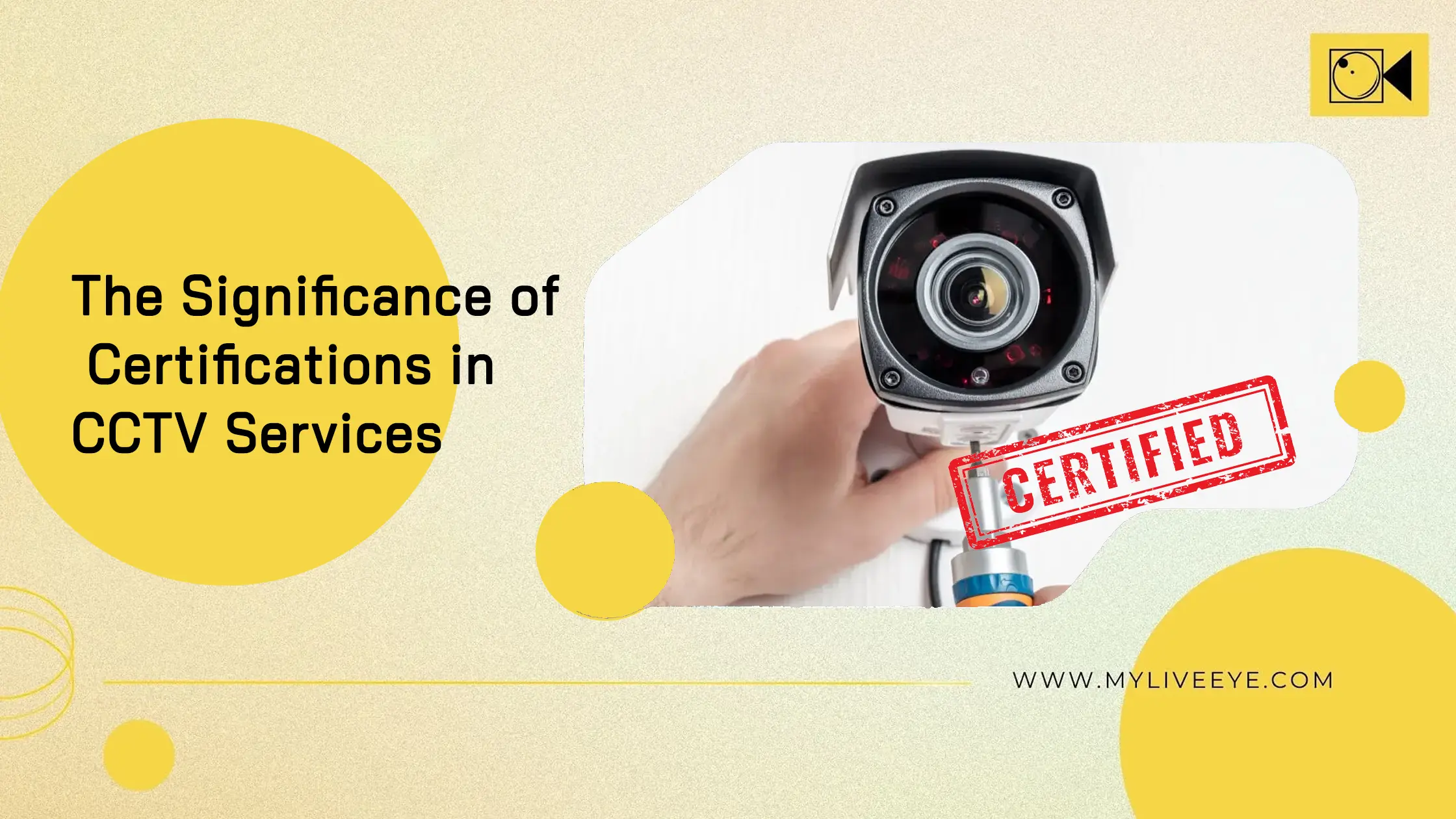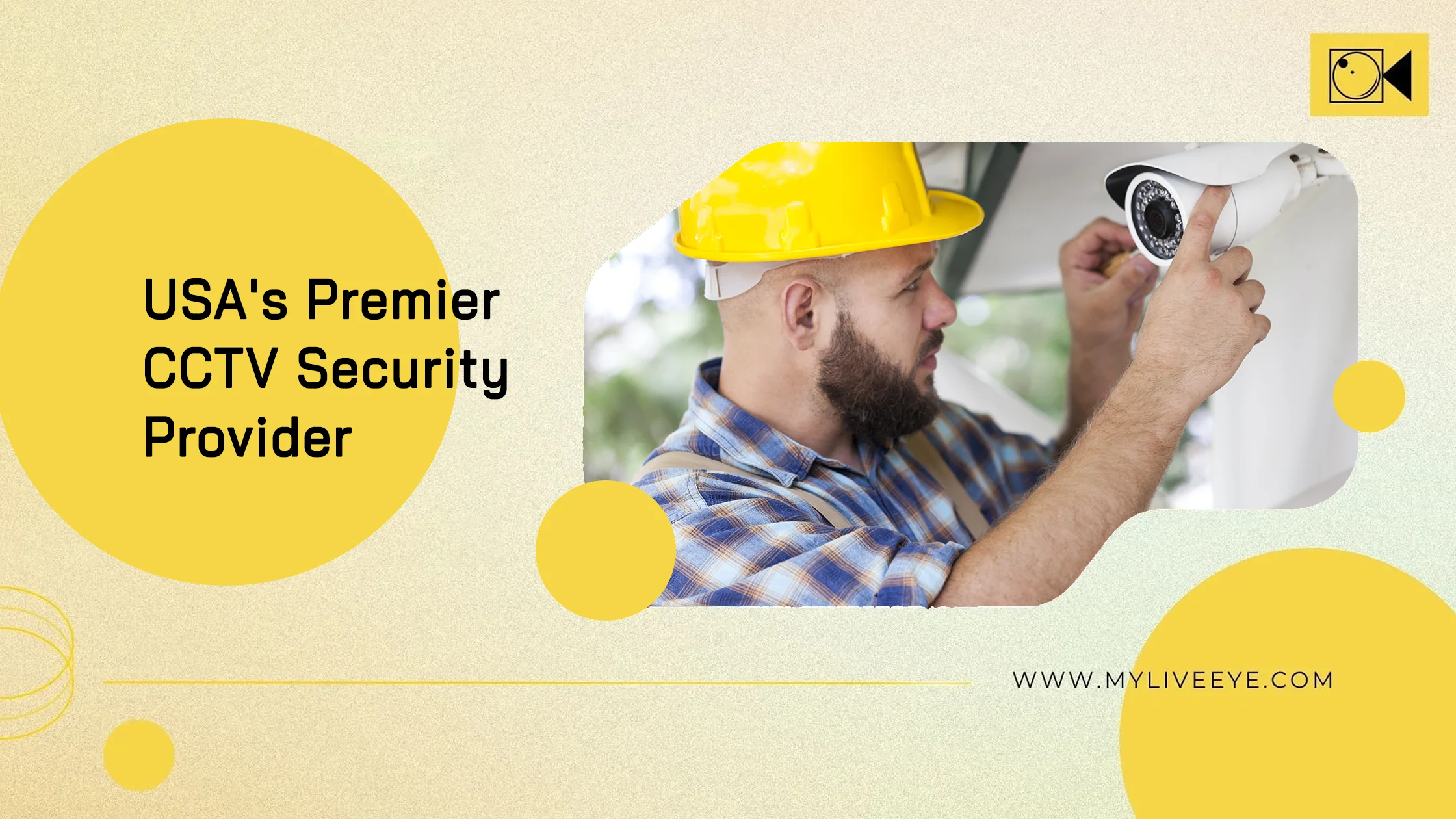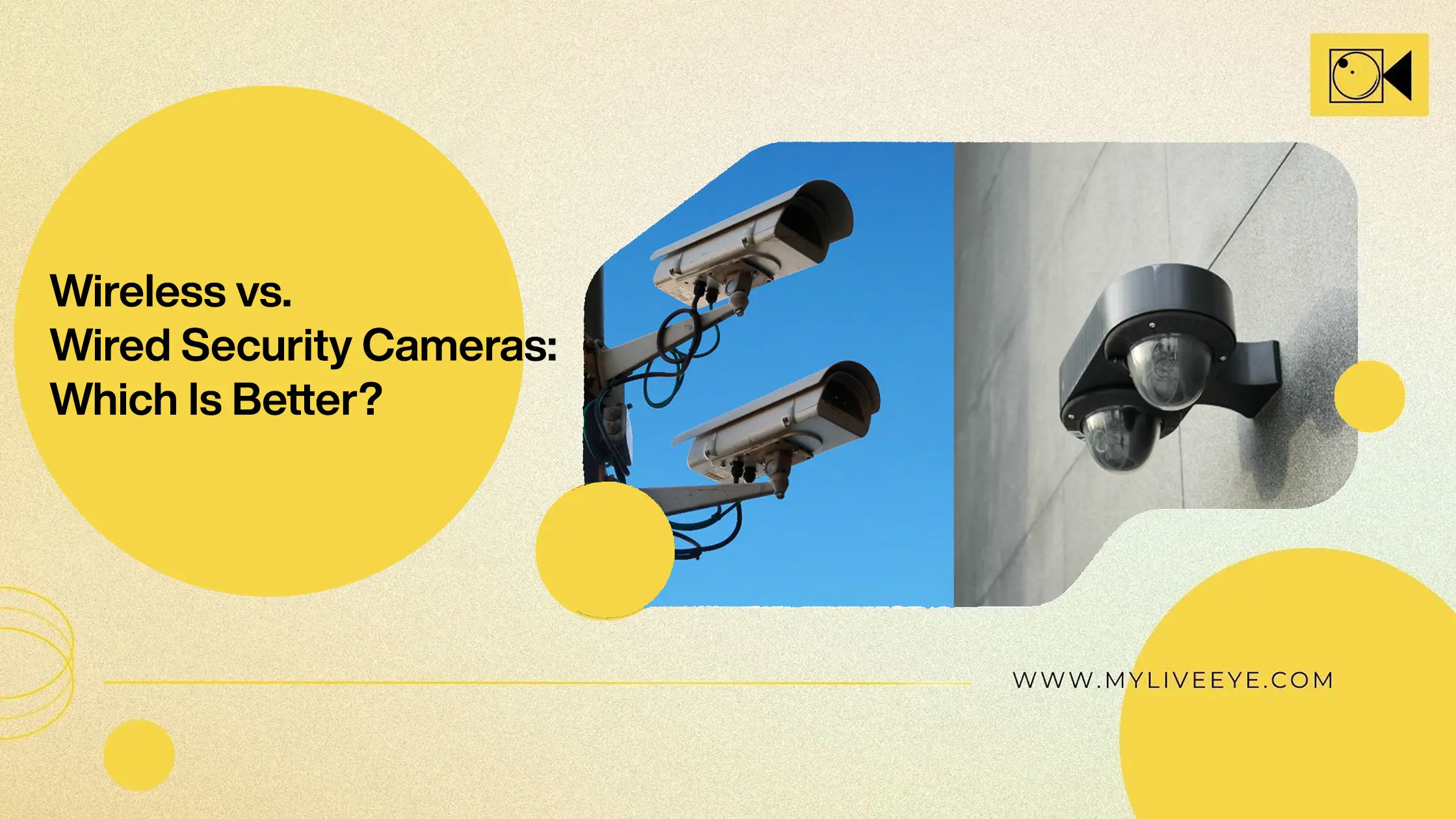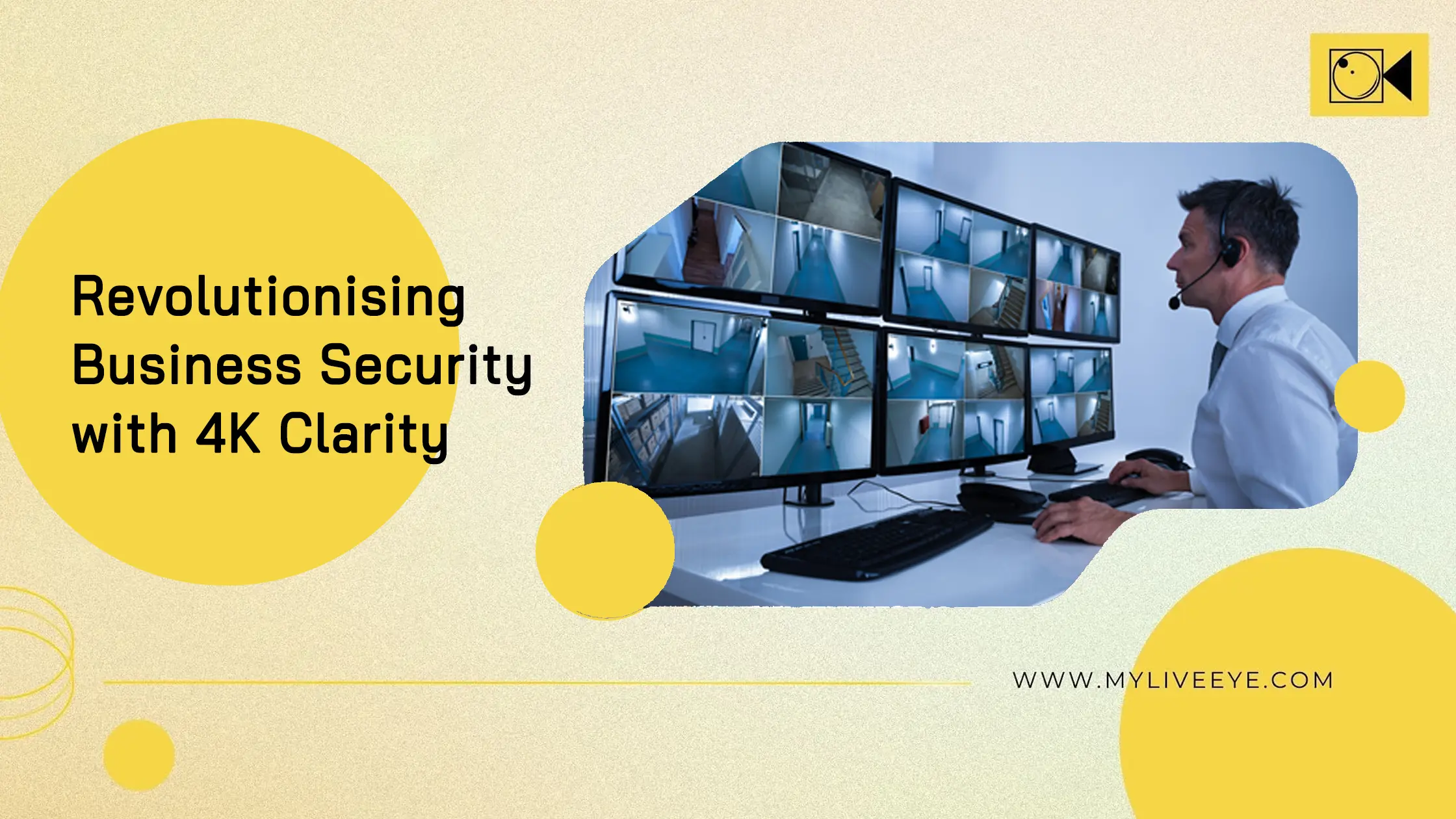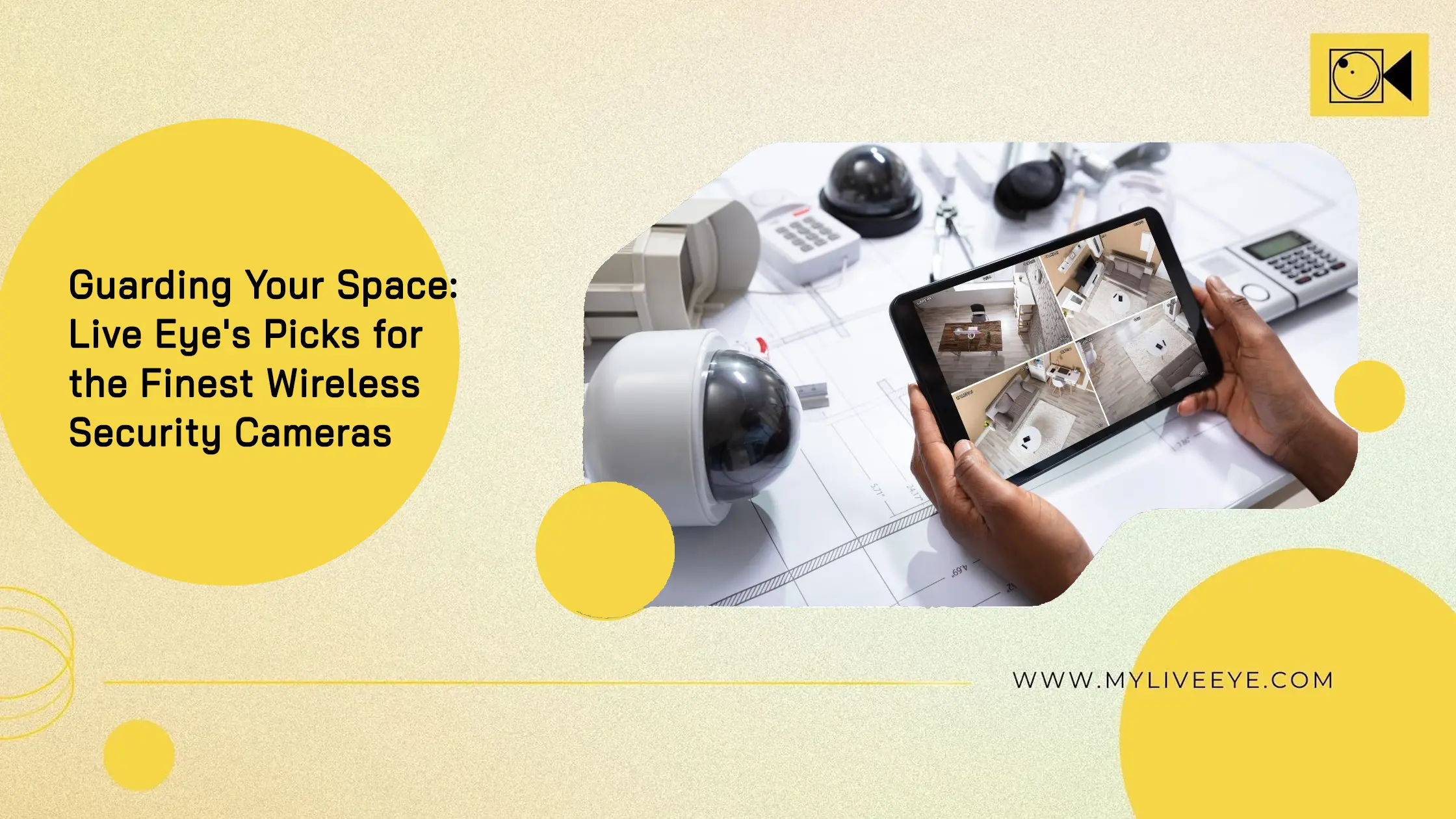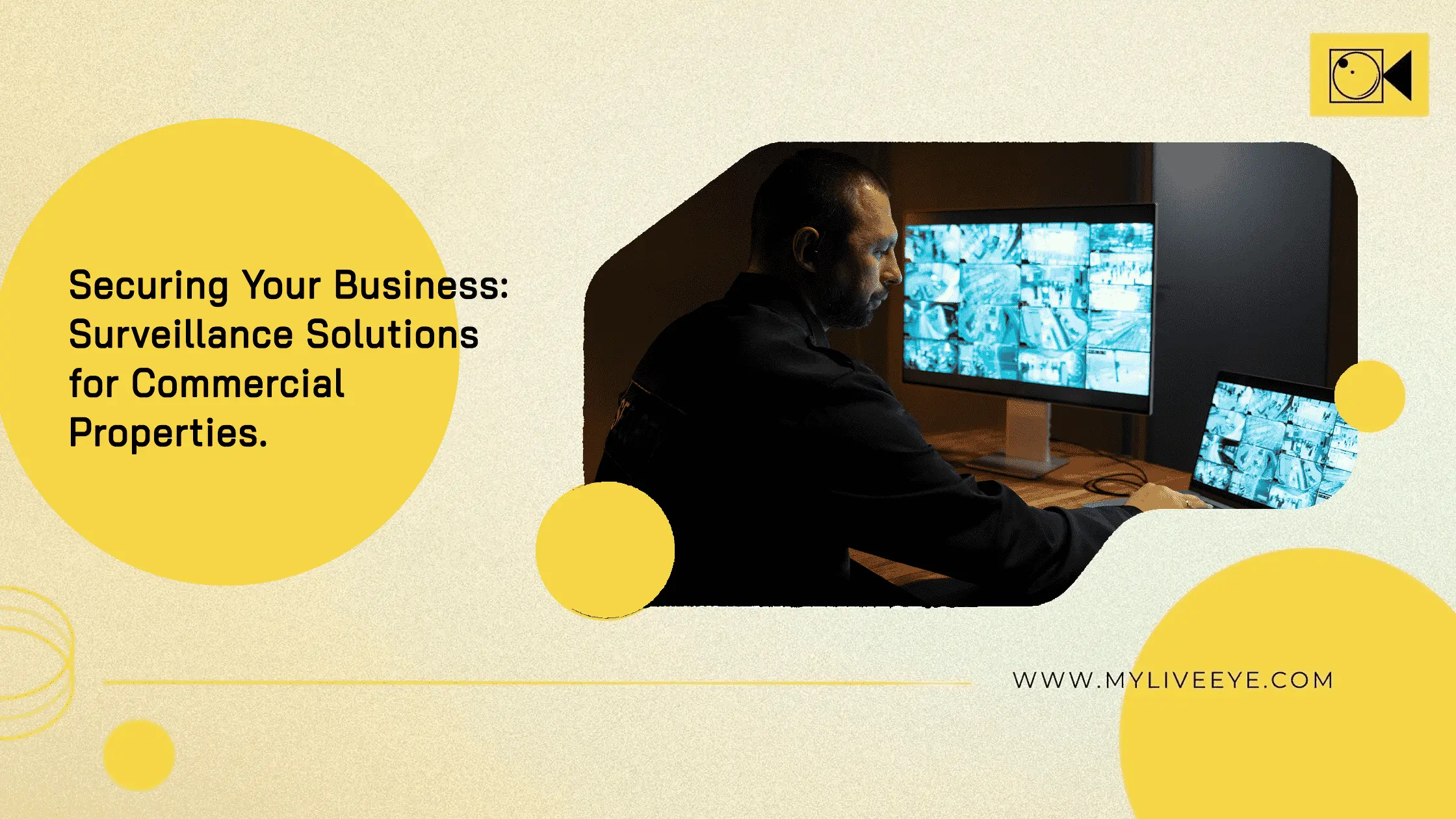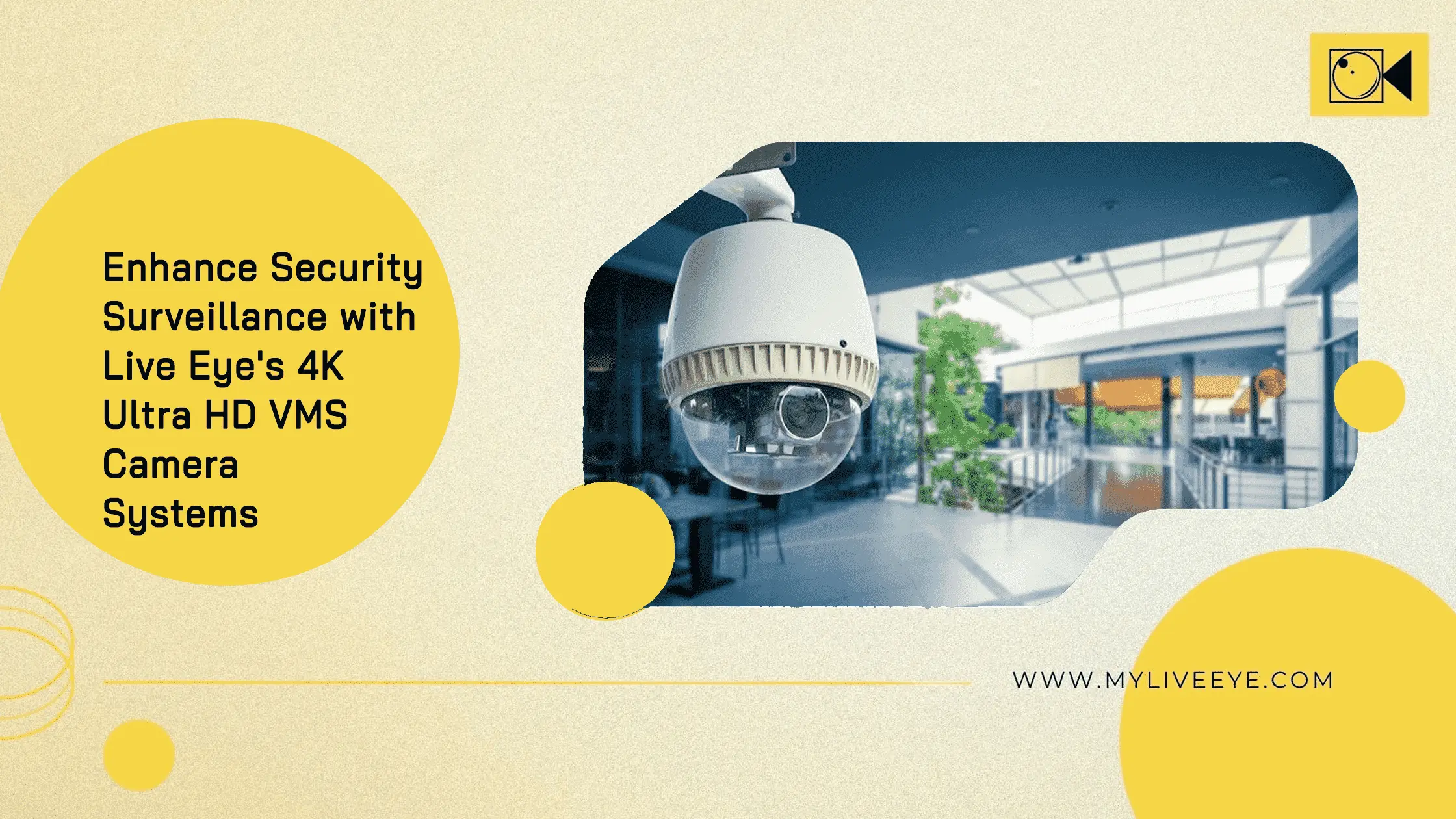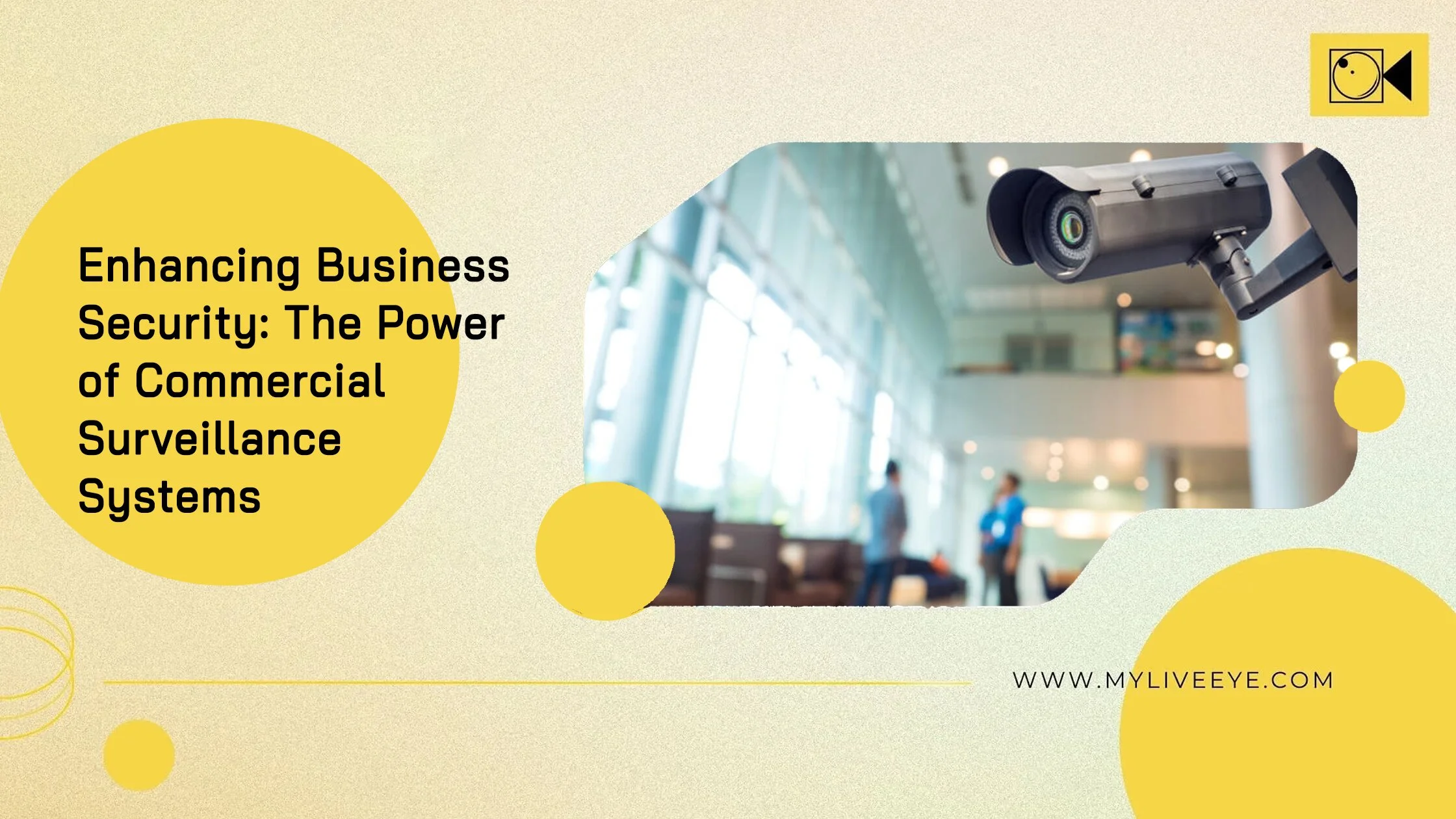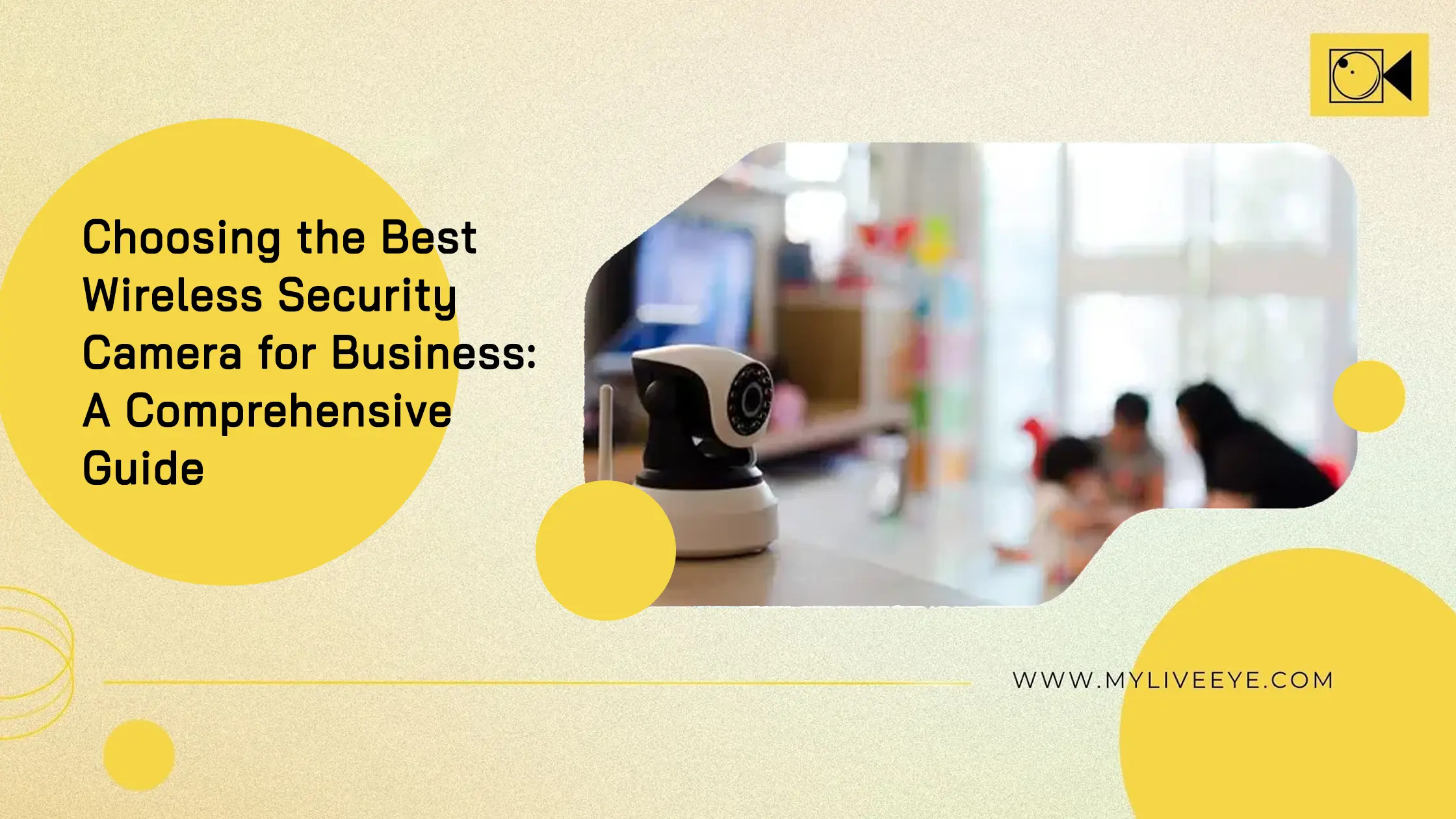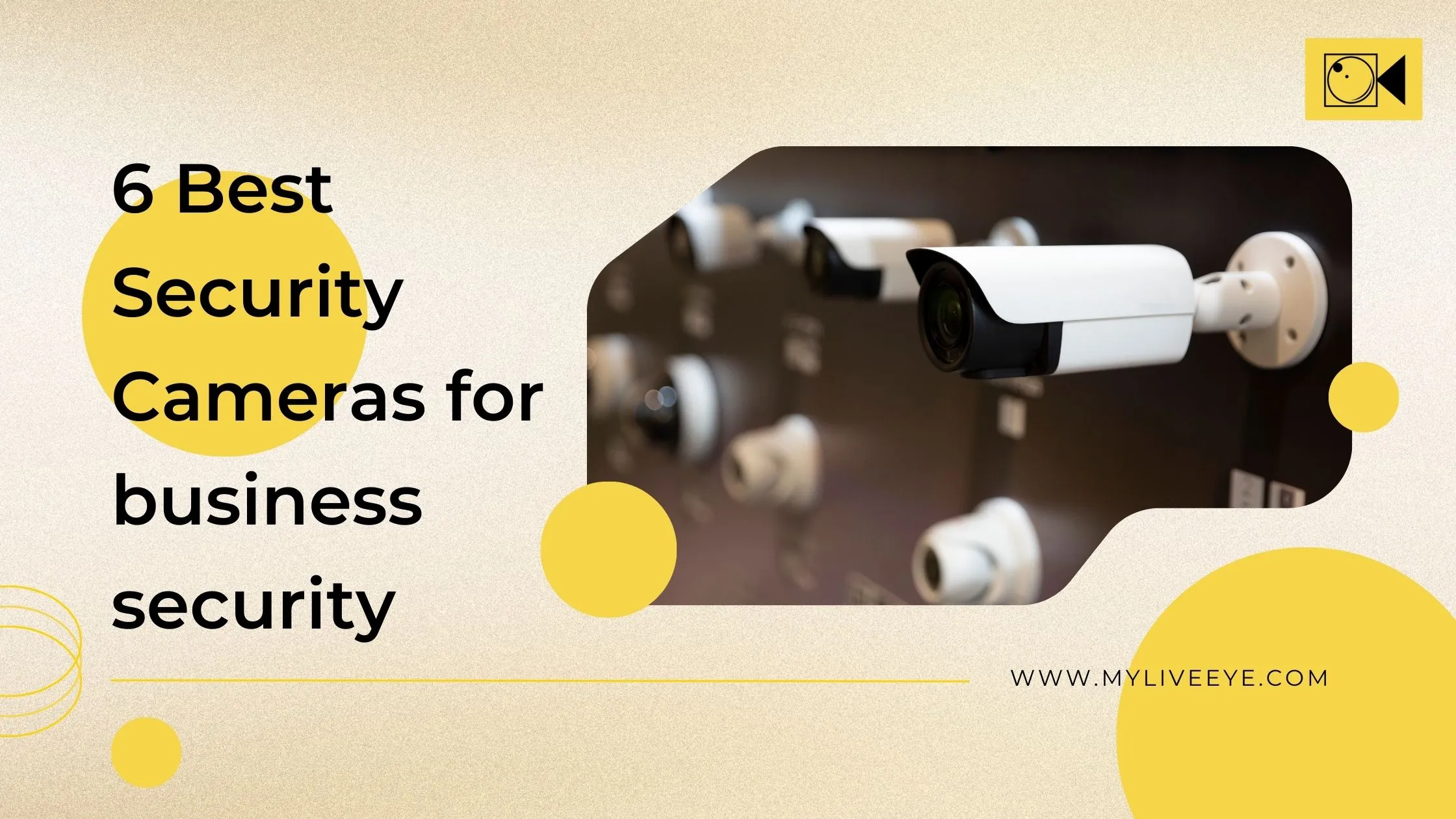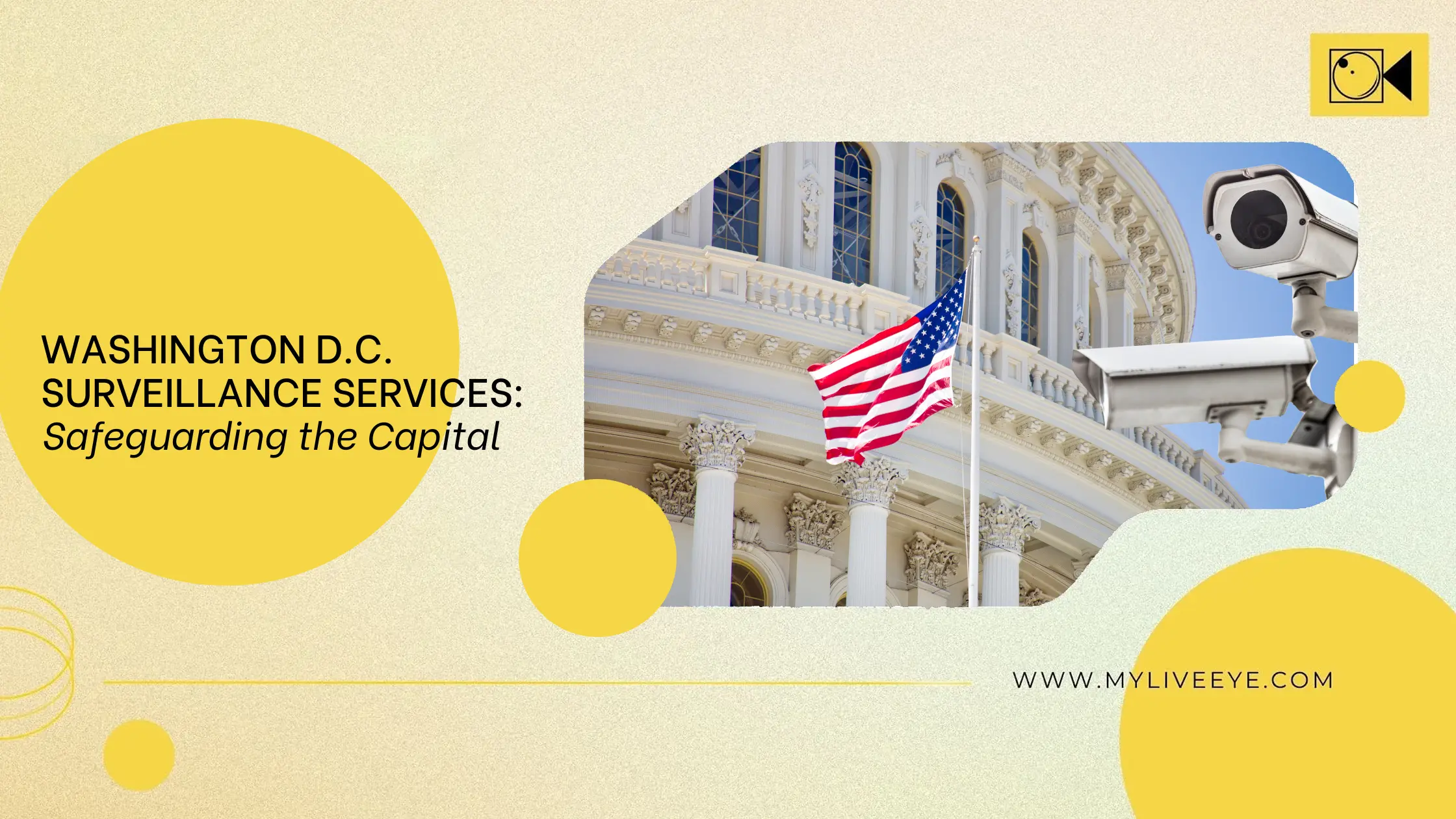
Washington D.C. Surveillance: Security Solutions
Washington, D.C., the political epicenter of the United States, is home to iconic landmarks and government institutions and faces unique security challenges. As the capital city, ensuring the safety and security of residents, businesses, and government facilities is paramount. In this blog, we'll delve into the role of surveillance services in safeguarding Washington, D.C., exploring the considerations, regulations, top companies, and technology integration for enhanced security.

Security Considerations in Washington D.C.
As the seat of the federal government, Washington D.C. is a high-profile target for security threats, ranging from terrorism to cyber-attacks. Additionally, the city experiences its share of crime, necessitating robust security measures to protect its residents and assets. Critical considerations for security in Washington D.C. include:
- Protection of government institutions and personnel.
- Safeguarding critical infrastructure and national monuments.
- Crime prevention and public safety in residential and commercial areas.
- Cybersecurity to defend against digital threats targeting government agencies and businesses.
Given these diverse security challenges, effective surveillance is crucial in maintaining safety and security across the capital.
Role of Surveillance in Government and Businesses
Surveillance technology serves as a vital tool for both government agencies and businesses in Washington, D.C.:
Government Surveillance:
Federal agencies employ sophisticated surveillance systems to monitor key locations, borders, and critical infrastructure. Video surveillance, facial recognition, and license plate recognition are among the technologies used to enhance security and prevent threats to national security.
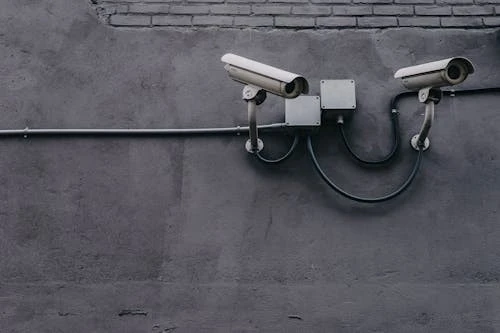
Business Security:
In addition to government facilities, businesses in Washington, D.C., rely on surveillance systems to protect their assets, employees, and customers. Video surveillance, access control systems, and alarm monitoring help deter crime and provide evidence in cases of theft or vandalism.
Surveillance Regulations in the Capital
Given the sensitive nature of surveillance, Washington D.C. has regulations in place to ensure the lawful and ethical use of surveillance technology:
Privacy Laws:
The District of Columbia has laws governing the use of surveillance cameras in public spaces to protect individuals' privacy rights. These laws outline guidelines for installing, operating, and retaining surveillance footage.
Government Oversight:
Surveillance activities conducted by government agencies are supervised by regulatory bodies to prevent abuse of power and ensure compliance with legal standards.
Industry Standards:
Surveillance companies operating in Washington, D.C., must adhere to industry standards and best practices to maintain the integrity and reliability of their services.

Government Facilities Security
Government facilities in Washington, D.C., require robust security measures to protect against various threats, including terrorism, espionage, and cyber-attacks. Surveillance is crucial in monitoring these facilities and detecting potential security breaches. Advanced surveillance systems, access control, and perimeter security solutions help safeguard government buildings, ensuring personnel safety and sensitive information.
Integrating Technology for Enhanced Security
In an ever-changing security landscape, integrating technology is essential for enhancing security effectiveness in Washington, D.C.:
Video Analytics:
Advanced video analytics technologies, such as facial recognition and behavioral analysis, enable automated threat detection and real-time alerting, enhancing situational awareness and response capabilities.
IoT Integration:
Integrating surveillance systems with Internet of Things (IoT) devices allows for seamless communication and data exchange, enabling smarter security decisions and proactive threat mitigation.
Cloud-Based Solutions:
Cloud-based surveillance platforms offer scalability, flexibility, and remote accessibility, allowing security personnel to monitor and manage security operations from anywhere.
By embracing these technological advancements, Washington D.C. can strengthen its security posture and effectively mitigate emerging threats.

The rollout of 5G networks is set to revolutionise surveillance capabilities in 2024 and beyond. With its unparalleled speed and low latency, 5G enables seamless connectivity and high-definition video streaming, essential for real-time surveillance applications. This ultra-fast network connectivity ensures that surveillance systems can transmit and receive data instantaneously, facilitating swift response to security incidents.
Moreover, 5G-powered edge computing enhances the processing capabilities of surveillance devices. By processing data closer to its source, latency is minimised, enabling faster decision-making and reducing reliance on centralised servers. This distributed architecture enhances the scalability and reliability of surveillance systems, making them more resilient to cyber threats and network congestion.
Conclusion
In conclusion,surveillance services play a critical role in safeguarding Washington, D.C., against a myriad of security challenges. Whether protecting government facilities, businesses, or residential areas, advanced surveillance technology enhances situational awareness, deters threats, and enables timely response to security incidents. With stringent regulations, oversight, and the expertise of top surveillance companies like Live Eye, Washington D.C. can maintain its status as a safe and secure capital city.
Also read: Seattle Home Security: DIY vs. Professional Monitoring.



